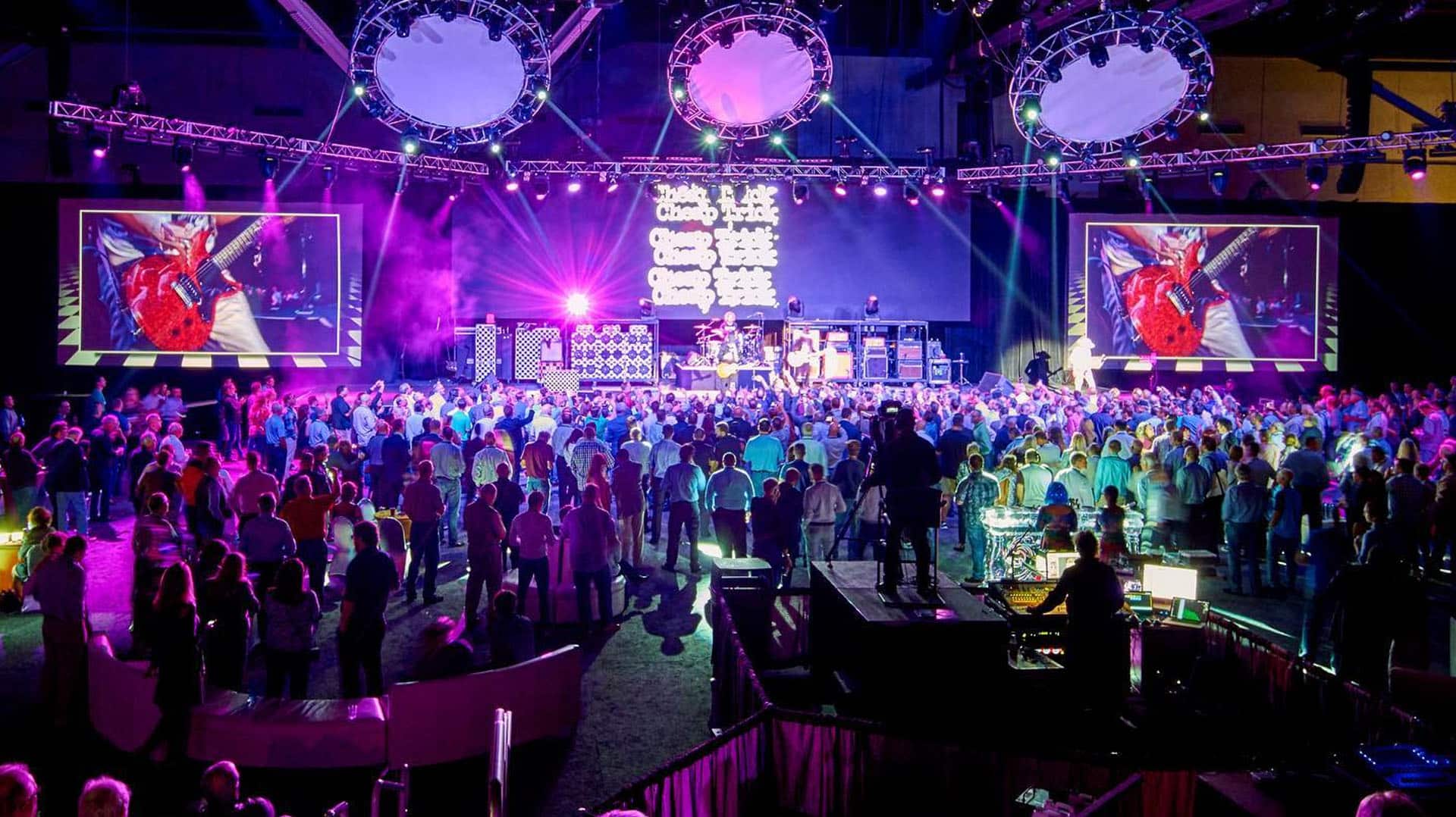Perfecting the Craft of Flawless Video Projection on Arched LED Screens for Breathtaking Visual Audience Experiences
Perfecting the Craft of Flawless Video Projection on Arched LED Screens for Breathtaking Visual Audience Experiences
Blog Article
Film projection is an exciting technique that allows images and videos to be displayed onto areas, creating stunning visual experiences. When it comes to rounded areas, mastering this art can be a bit more difficult than casting onto flat planes. Curved surfaces can encompass various elements from the facades of buildings to art pieces and even platforms. Understanding how to efficiently map videos onto these forms is essential for artists, design professionals, and occasion organizers who want to develop immersive environments that enthrall audiences.
The initial step in video mapping on rounded areas is to understand the shape of the surface. Curved surfaces can be complex, with different degrees of bend. To achieve a seamless projection, it is vital to build a 3D model of the surface. This representation helps in imagining how the video will look when projected. Software tools are accessible that permit users to create these representations and simulate the projection. By accurately aligning the dimensions and contours of the area, designers can guarantee that the video aligns perfectly without distortion.
Once the 3D model is ready, the next phase is to edit the video content. This includes modifying the video to fit the specific shape and dimensions of the curved surface. It is crucial to take into account the perspectives and sightlines from which the audience will observe the display. The material should be designed to enhance the visual experience, making it engaging and relevant to the concept of the event or setup. Using premium visuals and motion graphics can greatly enhance the total impact of the projection.
After preparing the material, the real projection process starts. This involves placing up the devices at the correct angles and spaces to guarantee that the footage matches with the 3D representation. Calibration is a crucial part of this procedure. It may necessitate adjusting the luminosity, contrast, and focus of the projectors to obtain the best outcomes. Additionally, using multiple projectors may be necessary to encompass larger or more intricate areas. This technique, known as edge blending, helps form a continuous image across the entire area.
Finally, testing the display is essential before the final show. This led wall display calibration enables creators to make any necessary adjustments to the footage and device settings. It is also an chance to see how the viewers will experience the display from various perspectives. By confirming that the video projection is flawless, creators can provide a stunning aesthetic experience that creates a memorable impression. Perfecting footage mapping on rounded areas not only enhances artistic expression but also opens up new possibilities for narrative and audience interaction in multiple settings.